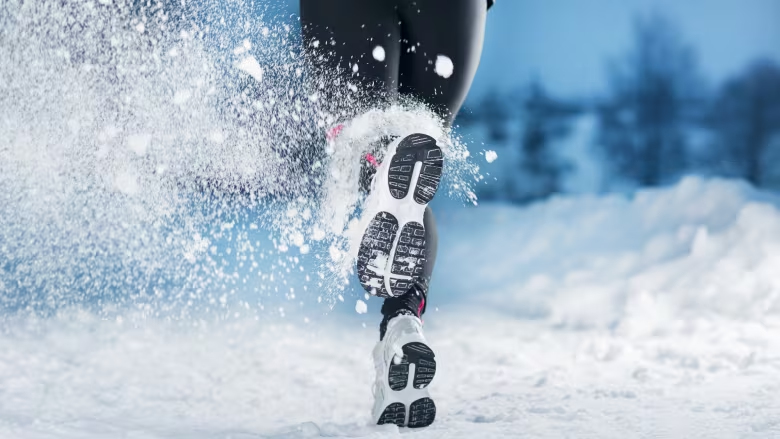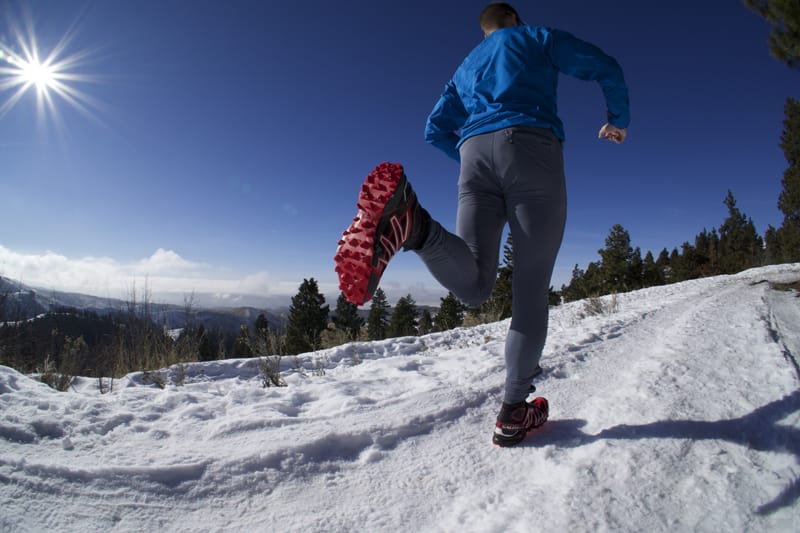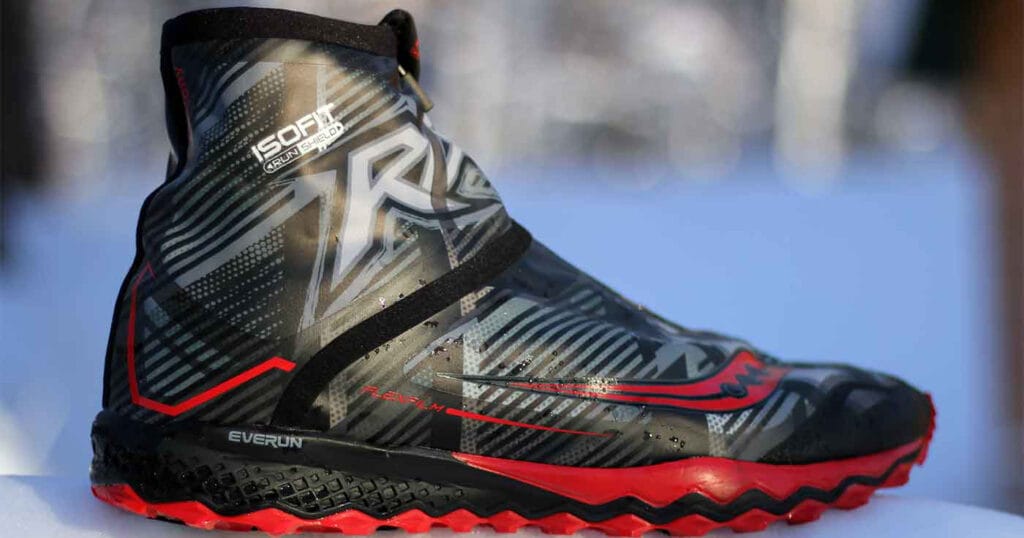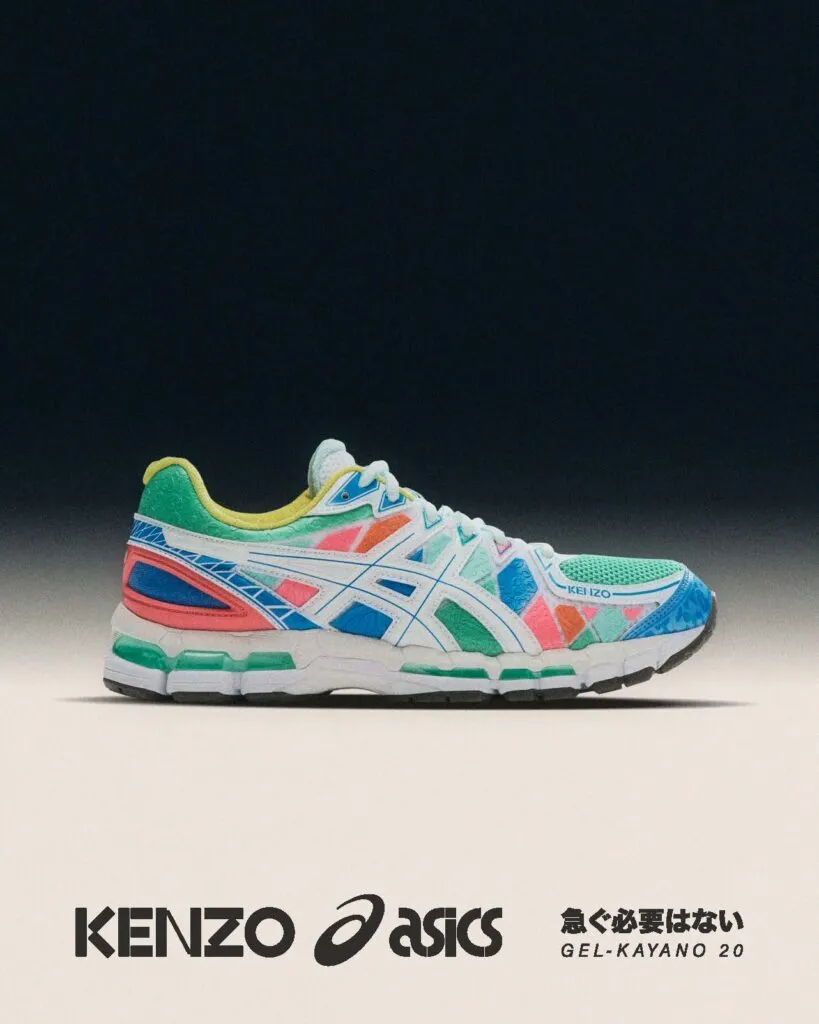As winter approaches, runners face the challenge of continuing their training in cold, often harsh conditions. Selecting the right winter running shoes is crucial for maintaining comfort, safety, and performance. This article will guide you through the key features to look for in winter footwear, highlight top brands that excel in this market, and provide practical tips for running effectively in cold weather. By understanding these essential elements, you can ensure your winter running experience is both enjoyable and productive.
In this article you will find:
Choosing the Right Winter Running Shoes for Your Needs
Winter running presents unique challenges that require a specialized approach when selecting your footwear. With cold temperatures, icy paths, and wet conditions, choosing the right winter running shoes is crucial for maintaining comfort, safety, and performance. Here, we will explore key factors to consider when selecting the perfect pair of winter running shoes tailored to your specific needs.
Understand Your Running Environment
Before you make a purchase, it’s essential to assess the typical conditions you’ll be running in during the winter months. This will help determine the features your shoes need:
- Snowy Conditions: If you frequently run on snow-covered trails, look for shoes with aggressive traction and a waterproof membrane to keep your feet dry.
- Icy Surfaces: For icy paths, consider shoes with built-in spikes or those compatible with attachable traction devices for added grip.
- Wet Weather: In regions with constant rain or slush, shoes with water-resistant properties and quick-drying materials are vital to prevent discomfort.
Key Features to Look For
When selecting winter running shoes, pay attention to the following features to ensure your footwear meets your winter running needs:
- Insulation: Look for shoes that offer insulation to keep your feet warm without sacrificing breathability. Materials such as Thinsulate or similar technologies can provide warmth while allowing moisture to escape.
- Traction: A good winter running shoe should have a rugged outsole with deep lugs for superior grip on slippery surfaces. Consider shoes with specific winter tread patterns designed for optimal traction.
- Waterproofing: Choose shoes that have a waterproof outer layer or a breathable waterproof membrane (like Gore-Tex) to prevent moisture from entering while allowing sweat to escape.
- Comfort Fit: The fit is crucial; ensure there’s enough room in the toe box for winter socks, and consider shoes with a secure heel fit to prevent slippage.
 Evaluate Your Running Style
Evaluate Your Running Style
Your running style and foot mechanics should also influence your shoe choice. Here’s how to align your footwear with your unique running characteristics:
- Foot Type: Determine whether you have flat feet, high arches, or neutral arches. This can guide you toward shoes with the appropriate level of cushioning and support.
- Gait Analysis: Consider getting a gait analysis done at a specialized running store. This can help you identify if you require stability shoes or neutral shoes based on your pronation patterns.
Test Before You Invest
Once you’ve narrowed down your options, it’s essential to test the shoes before making a final decision. Here are some tips for trying out winter running shoes:
- Try Them On: Wear the same type of socks you plan to use during your winter runs. Ensure the shoes fit well, providing comfort without being too tight.
- Test Run: If possible, take the shoes for a short run in-store or on a treadmill. Pay attention to how they feel on your feet, especially regarding cushioning and support.
- Check for Return Policies: Ensure that the store has a good return policy, so you can exchange the shoes if they don’t meet your needs after a few test runs outdoors.
Choosing the right winter running shoes is not just about style; it’s about ensuring you can run comfortably and safely through the cold months. By understanding your environment, knowing the key features to look for, evaluating your running style, and testing the shoes, you’ll be well on your way to finding the perfect pair that keeps you motivated and moving, regardless of the weather.
For more insights on winter running gear and footwear, visit Runner’s World, where you’ll find expert reviews and recommendations tailored to your winter running needs.
 Key Features to Look for in Winter Running Footwear
Key Features to Look for in Winter Running Footwear
When it comes to winter running, the right footwear can make all the difference between a comfortable, enjoyable run and a painful, hazardous experience. To ensure you stay safe and motivated through the colder months, it’s vital to know the key features to look for in winter running shoes. Here’s a detailed guide to help you make an informed decision.
Waterproofing and Breathability
One of the most crucial features of winter running footwear is its ability to keep your feet dry while allowing moisture to escape. The combination of waterproofing and breathability is essential:
- Waterproof Membrane: Look for shoes that feature a waterproof membrane, such as Gore-Tex, which provides a barrier against water while allowing sweat to evaporate.
- Breathable Materials: Even in winter, feet can sweat. Choose shoes with breathable uppers that help regulate temperature and keep your feet comfortable.
Insulation for Warmth
Winter running can be brutal if your feet get cold. Therefore, insulation is a key feature:
- Insulating Liners: Shoes with insulating liners help maintain warmth without bulk. Look for materials like Thinsulate, which offer excellent thermal protection without compromising flexibility.
- Moisture-Wicking Properties: Insulation should also wick moisture away from your skin to prevent chilling. This is especially important during prolonged runs.
Enhanced Traction
Slippery surfaces are a common challenge in winter running. To mitigate the risk of falls, focus on the shoe’s traction:
- Outsole Design: Shoes designed for winter running should feature aggressive lugs and a tread pattern that provides grip on snow and ice.
- Spikes and Studs: Some models come equipped with built-in spikes or are compatible with attachable traction devices, which can significantly enhance grip on icy surfaces.
Cushioning and Support
Comfort is paramount when running in colder conditions. The right cushioning and support can help absorb impact and reduce fatigue:
- Responsive Cushioning: Look for shoes with responsive cushioning technologies that offer shock absorption while still providing a springy feel during your stride.
- Arch Support: Ensure the shoes provide adequate arch support to accommodate your foot type, whether flat, neutral, or high-arched.
Fit and Adjustability
A proper fit is essential for comfort and performance. Consider the following:
- Room for Winter Socks: Ensure there’s enough space in the toe box to accommodate thicker winter socks without cramping your toes.
- Adjustable Features: Look for shoes with adjustable lacing systems or ankle support features that can be customized for a snug fit.
Durability for Harsh Conditions
Winter running shoes must withstand harsh weather conditions. Look for the following signs of durability:
- Rugged Construction: Shoes with reinforced seams and durable materials will stand up to the wear and tear of winter running.
- High-Quality Outsoles: Check for outsoles made from rubber compounds designed for traction and durability in cold weather.
By focusing on these key features—waterproofing, insulation, enhanced traction, cushioning, fit, and durability—you can find winter running footwear that not only protects your feet but also enhances your overall running experience. For further insights on the best winter running shoes and their specific features, visit Runner’s World, where you’ll find detailed reviews and comparisons to help you make the best choice.
Top Brands Leading the Winter Running Shoe Market
As winter approaches, runners face the challenge of finding reliable footwear that can withstand cold temperatures and harsh conditions. Fortunately, several brands have distinguished themselves in the winter running shoe market by consistently delivering quality, performance, and innovative features. In this section, we’ll explore some of the top brands that are leading the way in winter running footwear.
Salomon
Renowned for its trail running expertise, Salomon has made significant strides in the winter running market. Their shoes are designed with advanced traction and stability, making them ideal for snowy trails and icy paths. Key features include:
- Contagrip Outsole: Provides exceptional grip and durability on a variety of surfaces, enhancing confidence during winter runs.
- Sensifit Technology: Ensures a secure fit, wrapping the foot for comfort and stability.

For more information on their latest winter running models, visit the Salomon website.
Brooks
Brooks is another industry leader known for its commitment to comfort and performance. Their winter running shoes feature specialized technologies that cater to cold-weather runners:
- Waterproof Options: Many Brooks models come with waterproof uppers to keep your feet dry in wet conditions.
- BioMoGo DNA Cushioning: This innovative cushioning adapts to your stride, providing comfort and support on long runs.
Check out their range of winter running shoes on the Brooks Running website.
Asics
Asics is well-known for its high-quality running shoes, and its winter offerings are no exception. They combine technology and comfort to ensure a smooth running experience:
- GORE-TEX Technology: Many Asics models feature a GORE-TEX upper that offers waterproof protection while remaining breathable.
- Gel Cushioning System: This system absorbs shock, reducing the impact on joints during winter runs.
Explore their winter collection by visiting the Asics website.
Nike
Nike continues to innovate in the running shoe market with designs that cater to winter conditions. Their winter shoes are equipped with features that enhance performance:
- Water-Resistant Uppers: Many models include water-resistant materials that help keep your feet dry in wet weather.
- Dynamic Fit Technology: Ensures a snug fit around the heel and midfoot, providing stability and comfort.
For a look at their latest offerings, visit the Nike website.
Hoka One One
Hoka One One is celebrated for its maximalist cushioning and comfort, making it a favorite among long-distance runners. Their winter shoes incorporate features to tackle cold weather:
- Deep Lugs: Designed for superior traction, these lugs grip well on slippery surfaces.
- Waterproofing: Many models come with waterproof materials to keep feet dry during inclement weather.
Discover more about their winter running options at the Hoka One One website.
With numerous brands leading the charge in winter running footwear, it’s essential to consider your specific needs and preferences when choosing the right pair. Each brand offers unique technologies and features tailored to ensure you can maintain your running routine, regardless of the weather.
Tips for Maintaining Performance in Cold Weather Conditions
Running in cold weather can be invigorating, but it also presents unique challenges that can impact your performance. To help you stay motivated and maintain your running routine through winter, here are some essential tips designed to enhance your performance and ensure a safe and enjoyable experience.
Layer Your Clothing Effectively
One of the most important aspects of winter running is how you dress. Proper layering can help regulate your body temperature and keep you comfortable:
- Base Layer: Start with a moisture-wicking base layer that fits snugly against your skin to keep sweat away from your body. Look for materials like merino wool or synthetic fabrics.
- Insulating Layer: Add an insulating layer, such as a fleece or lightweight down jacket, to retain warmth without adding excessive bulk.
- Outer Layer: Finish with a windproof and waterproof shell to protect against the elements, especially in windy or wet conditions.
Warm Up Properly
Warming up is crucial in colder temperatures to prepare your muscles for the workout ahead:
- Dynamic Stretching: Engage in dynamic stretches like leg swings, arm circles, and walking lunges to increase blood flow to your muscles.
- Gradual Increase in Pace: Start your run at a slower pace for the first 5-10 minutes to allow your body to adjust to the cold before picking up speed.
Stay Hydrated
It’s easy to overlook hydration in cold weather, but staying hydrated is just as important in winter as it is in summer:
- Drink Water: Make sure to drink water before, during, and after your run. Even in cold conditions, your body loses moisture through sweat and respiration.
- Warm Beverages: Consider bringing warm fluids in an insulated bottle for longer runs to help maintain your body temperature.
Pay Attention to Footwear
Choosing the right winter running shoes is vital for maintaining performance and safety:
- Traction: Ensure your shoes provide excellent grip on icy and snowy surfaces to prevent slips and falls.
- Insulation and Waterproofing: Opt for shoes with good insulation and waterproof features to keep your feet warm and dry.
Adjust Your Expectations
Winter conditions can affect your pace and endurance. It’s important to adjust your expectations accordingly:
- Modify Your Goals: Be realistic about your performance goals. Consider focusing on distance rather than speed during colder months.
- Incorporate Variety: Mix in different types of workouts, such as intervals or hill training, to keep your training engaging and effective.
Listen to Your Body
Being aware of your body’s signals is crucial in cold weather:
- Watch for Signs of Hypothermia: Be vigilant for symptoms like uncontrollable shivering, confusion, or fatigue, which may indicate hypothermia.
- Know When to Cut Your Run Short: If conditions become too harsh or your body feels unwell, don’t hesitate to cut your run short for safety.
By following these tips, you can enhance your performance and enjoy your winter running experience. For additional insights on cold-weather running strategies, check out Runner’s World, which offers expert advice tailored to winter athletes. When choosing winter running shoes, prioritize key features such as waterproofing, insulation, traction, cushioning, and fit. Look for shoes with breathable waterproof membranes like Gore-Tex, insulating materials like Thinsulate, and rugged outsoles designed for grip on icy surfaces. Ensure a comfortable fit that accommodates thicker winter socks and consider the shoe’s durability for harsh weather conditions.
To maintain performance in cold weather, dress in layers, starting with a moisture-wicking base layer, followed by insulation and a waterproof outer shell. Warm up properly with dynamic stretches, stay hydrated, and adjust your performance expectations based on weather conditions. Always listen to your body and be mindful of signs of hypothermia, cutting your run short if necessary for safety. For more guidance, refer to expert resources like Runner’s World.


 Evaluate Your Running Style
Evaluate Your Running Style Key Features to Look for in Winter Running Footwear
Key Features to Look for in Winter Running Footwear

